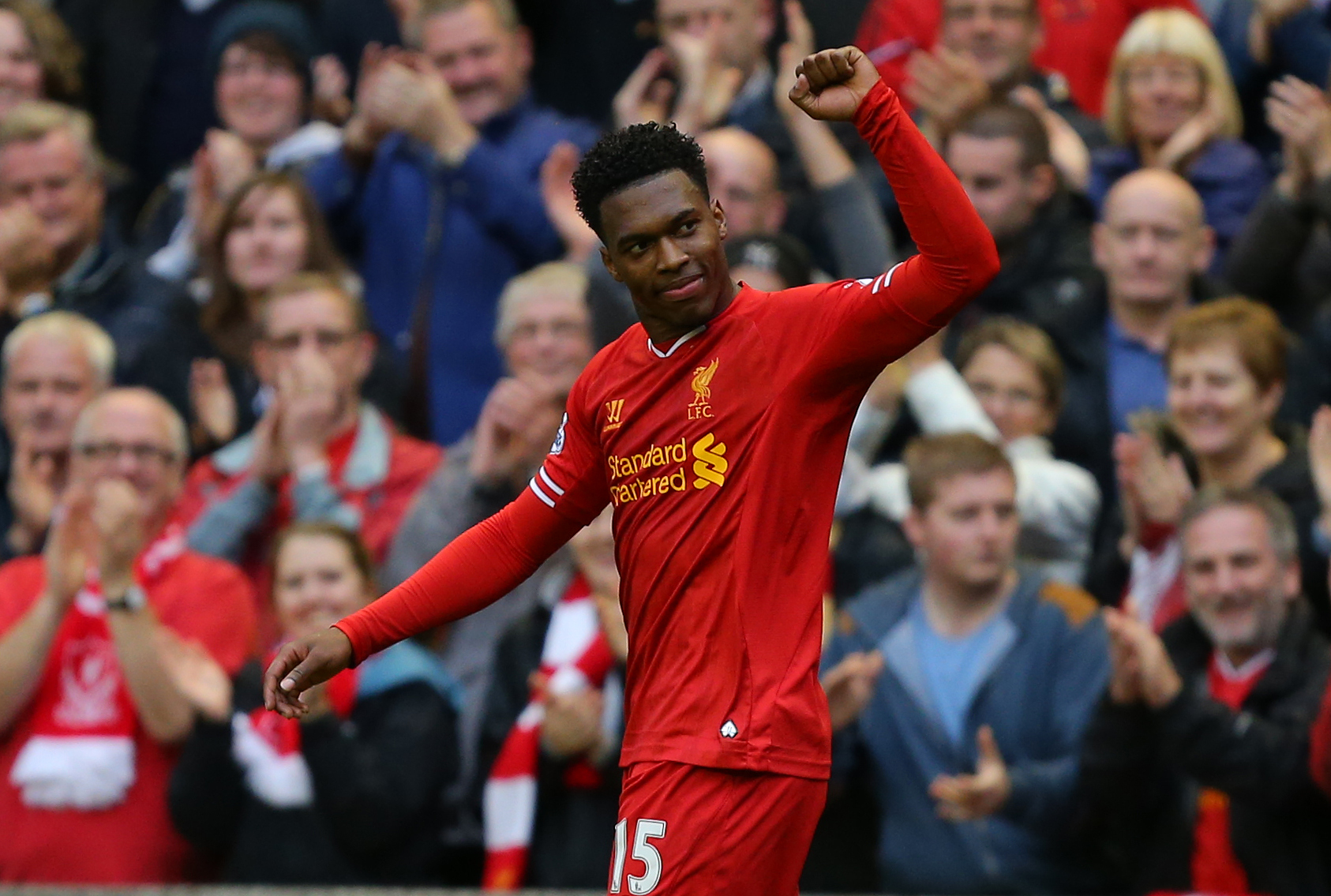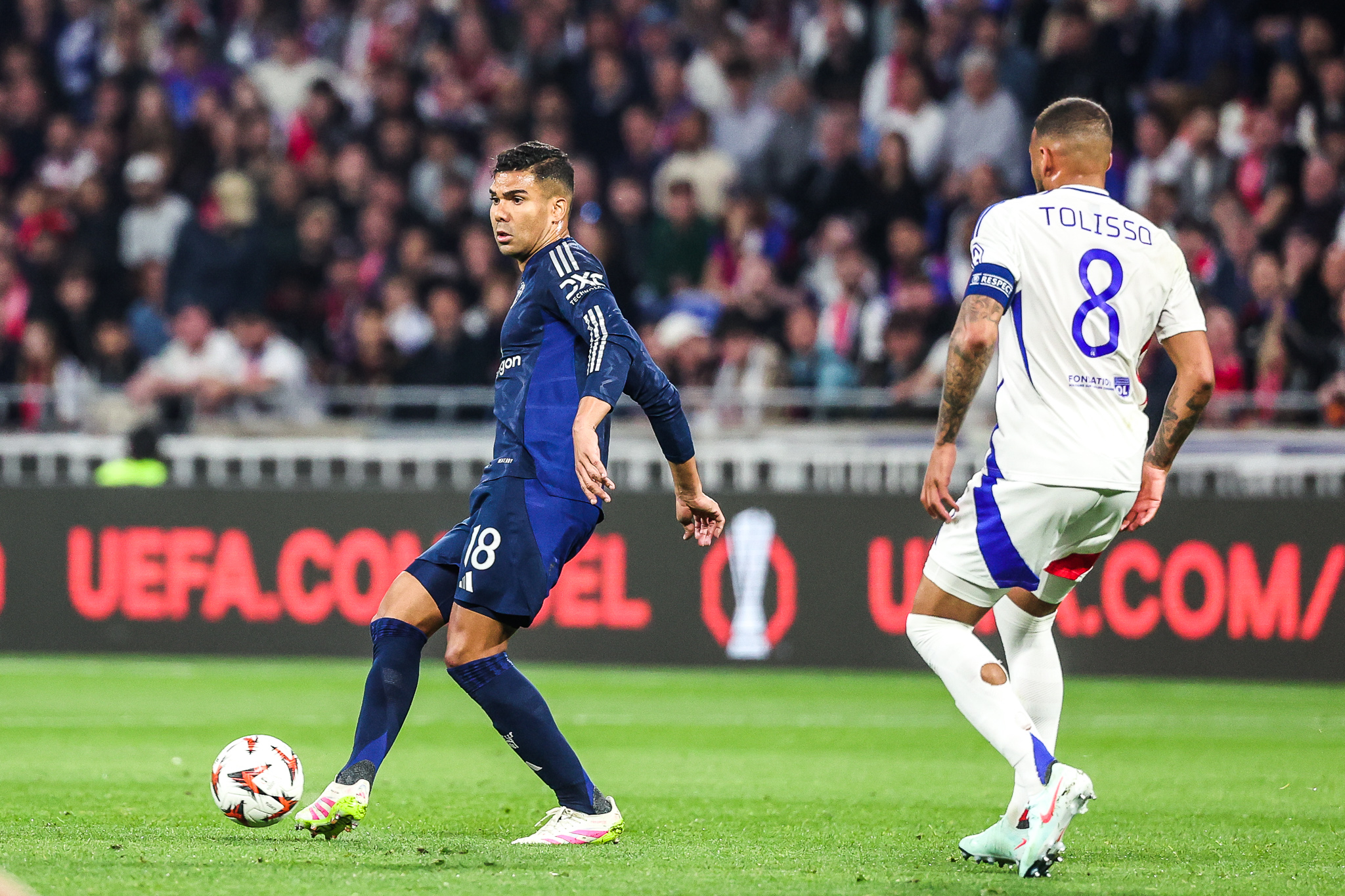Why Manchester United should bite the bullet and start copying Liverpool
FourFourTwo's Jonathan Fadugba looks at Liverpool's new formation and wonders whether their eternal rivals Manchester United could learn from such an approach....

Liverpool have been one of the most tactically interesting teams in the Premier League this season. While last season it was Wigan Athletic who strayed from the norm, adopting a 3-4-2-1 formation like the cool kid at school rebelliously wearing a ‘down with teachers’ badge on his blazer lapel, this season it’s Brendan Rodgers’ team who have taken it upon themselves to be different.
Rodgers’ decision to switch to a 3-4-1-2 formation has thus far yielded impressive results, helping the Reds carry forward the early momentum gained in a campaign that began with three-straight wins.
The 4-1 thrashing of West Bromwich Albion was just another tantalising sign of the nascent new threat at Anfield. Liverpool are third, scoring for fun - the Premier League’s third top goal-getters – and only look like improving with Luis Suarez now back to combine with Daniel Sturridge, the division’s top marksman. But how has their new formation worked? And is this something other teams, specifically Manchester United, could and should look to replicate?
Like many of mankind's greatest creations – fire, the telephone, those sugar sprinkles on doughnuts - the decision to tinker into a 3-5-2 shape was part-masterplan, part-necessity and part-chance.
Since the days when Rafa Benitez and right-hand man Rodolfo Borrell first led a complete overhaul of Liverpool’s youth system in 2009, 4-3-3 has been the anointed formation du choix at Anfield – making Rodgers’ move to a 3-5-2 a bold departure from the script.
Rodgers the opportunist
A surplus of centre backs after the signings of Mamadou Sakho, Kolo Toure and Thiago Llori, combined with the need to adequately pair Suarez with Sturridge also helped provide the pretext. Rodgers saw an opportunity.
Get FourFourTwo Newsletter
The best features, fun and footballing quizzes, straight to your inbox every week.
“It’s not just something that has been dropped in,” the Liverpool boss said after a 3-1 win at Sunderland in which both Suarez and Sturridge were on the scoresheet. “We looked at 3-4-1-2 towards the end of last season. We did some work on it, looking at Luis coming back, and they have struck up a very good partnership.”
So far, without being perfect, the formation has worked well. It gives Liverpool fluidity and variety, both in defensive and attacking phases, and allows them to defend in numbers and spring free on the break.
Off the ball, Liverpool defend in a 5-3-2 with Lucas sitting in front of a five-man bloc while Jordan Henderson and Steven Gerrard press and chase down opposition midfielders frantically like workmen attending cracks at either end of a dam.
Once in possession, Glen Johnson and Aly Cissokho (or Jose Enrique, when fit) morph into flying wingers, pushing dangerously high up the field while the centre backs either side of Martin Skrtel – Toure on the right and Sakho left – shift out to become the equivalent of full backs. Lucas then drops deeper to play in a role resemblent to an old-school libero.
Lucas plays an important part of the team in this system - a link between defence and attack akin to a ball-playing centre back when Liverpool aren't in possession - and much responsibility is laid at his feet both on and off the ball.
Ultimately, the aim is to feed Suarez and Sturridge. Both take it in turns to drop deep, collect the ball, turn and wreak havoc in front of opposition defenders with their skill and trickery – as they did against West Brom, for whom Jonas Olsson and Gareth McAuley must still be having nightmares.
Neither Suarez nor Sturridge is a specifically penalty-box predator type: interestingly, despite scoring all four goals between them against WBA, Suarez and Sturridge received the ball in the box a miserly combined total of five times:
As Rodgers said himself, Sturridge is “not an out-and-out No.9, he's a player that can play and move, drop in short and go behind,” while Suarez is “a wriggler and can shift his body very quickly to end up in the box.”
Both take advantage of the 3-4-1-2 to drop deep and maximise their main attributes. The duo are in scintillating form, scoring 10 goals in the four league games since Liverpool’s tactical manoeuvring.
And when Philippe Coutinho returns from injury, Liverpool can add more fuel to an already nicely combusting fire, slotting the Brazilian into the central attacking role his manager feels suits him best: "His ideal position is in the No10 role," said Rodgers in August.
As probably the most sensible way of incorporating Suarez, Sturridge and Coutinho into the starting eleven, therefore, Liverpool’s 3-5-2 looks as if it’s here to stay, for the foreseeable future at least.
If the formation continues to bring joy to Liverpool, it will only be a matter of time before other managers look to Anfield to see if there’s anything they might learn. No idea is original; innovative ideas are easily taken and reproduced. Just ask Facebook.
A(nother) tactical revolution?
Could Rodgers therefore ultimately find himself at the vanguard of a shift in Premier League managers’ tactical thinking? And if so might a main rival - Manchester United - be the benefactors?
Rodgers’ predicament is not too dissimilar to that currently facing David Moyes. Like Rodgers, Moyes has an unbalanced squad; the Scotsman's is brimming with enterprising forwards – Wayne Rooney, Robin van Persie, Shinji Kagawa, Javier Hernandez, Danny Welbeck. Like Rodgers, Moyes has been searching for a system that can accommodate all. Is the answer for Moyes and Manchester United therefore staring at them from down the M62?
While 3-5-2 suits Liverpool snugly, it could also be almost perfect for the champions. An ageing, creaky defence would be bolstered by an extra man – like Liverpool, United have an abundance of centre backs - and Moyes’ emphasis on crossing could be solved by relinquishing the shackles of his usual 4-2-3-1 and fully embracing a wing-back system.
A 3-5-2 allows United to shift Shinji Kagawa from the left into a more central area - which would stop the tears flowing from Jurgen Klopp’s eyes if nothing else – while also keeping Rooney and Van Persie in forward positions.
Taken to its most rampantly attack-minded form, Moyes could even drop Rooney into one of the three midfield roles alongside Kagawa in front of Carrick, and partner Van Persie with Hernandez or Welbeck upfront. Granted, it could end up in absolute madness, but it’d doubtless be fun to watch.
The tactical diversity Liverpool have shown to date – Henderson on the right, Victor Moses as a No10, Raheem Sterling a wing back (!) – could also be matched at Old Trafford.
Antonio Valencia helped the Red Devils change the game after coming on at right back against Stoke, so wing back should be no issue for him, while Moyes could even facilitate Marouane Fellaini’s desire to play at centre back by integrating him as one of the three. It would also be a handy way for Moyes to bypass his team's underperforming wingers.
Let’s be honest: Manchester United and Liverpool have more in common than either side would care to admit. All hate is based on love in some way. It may only be a short-term solution until Moyes gets the chance to dip into the transfer market and plug the United squad’s obvious holes, but who knows - it might just work.
